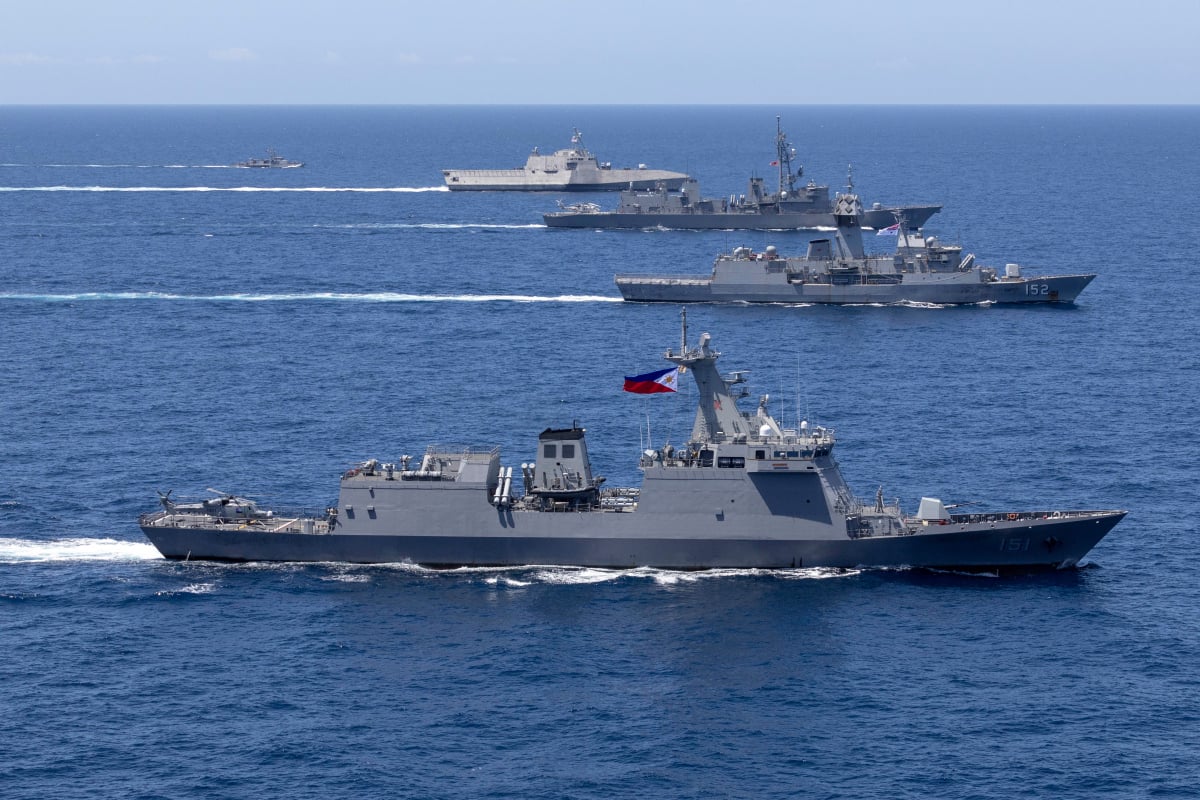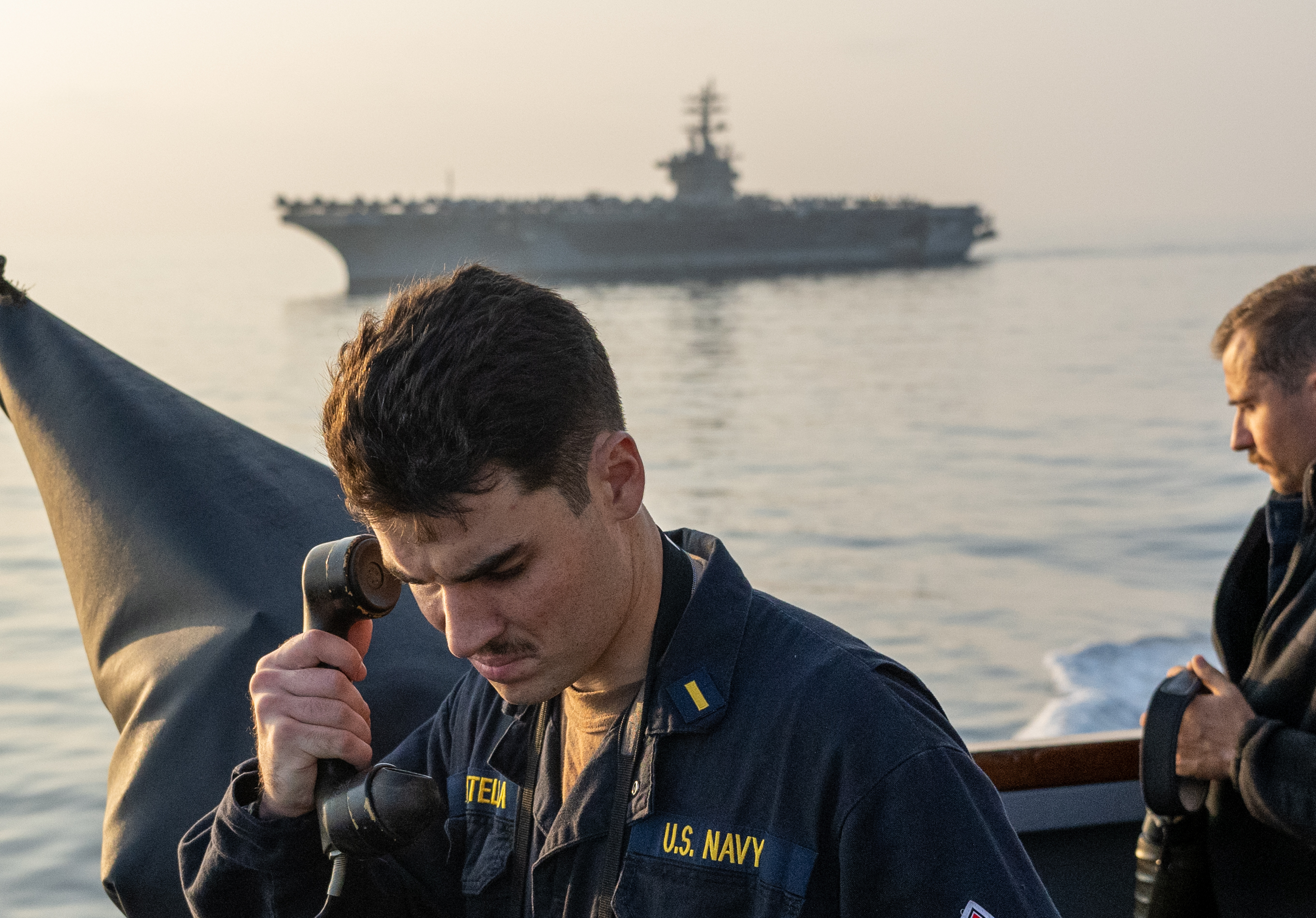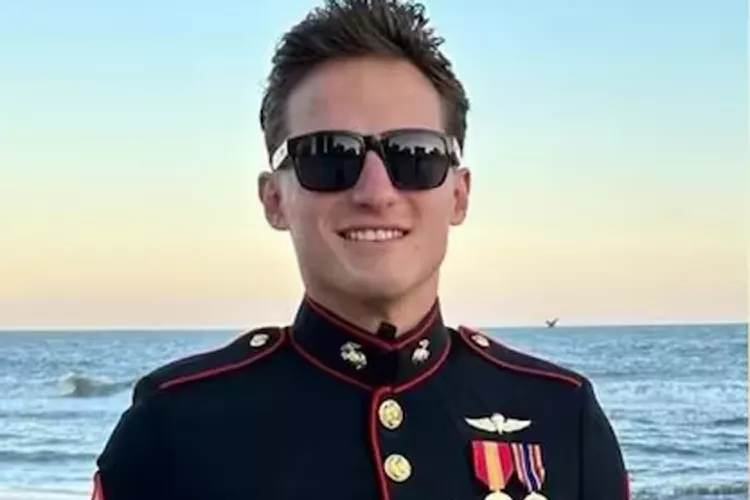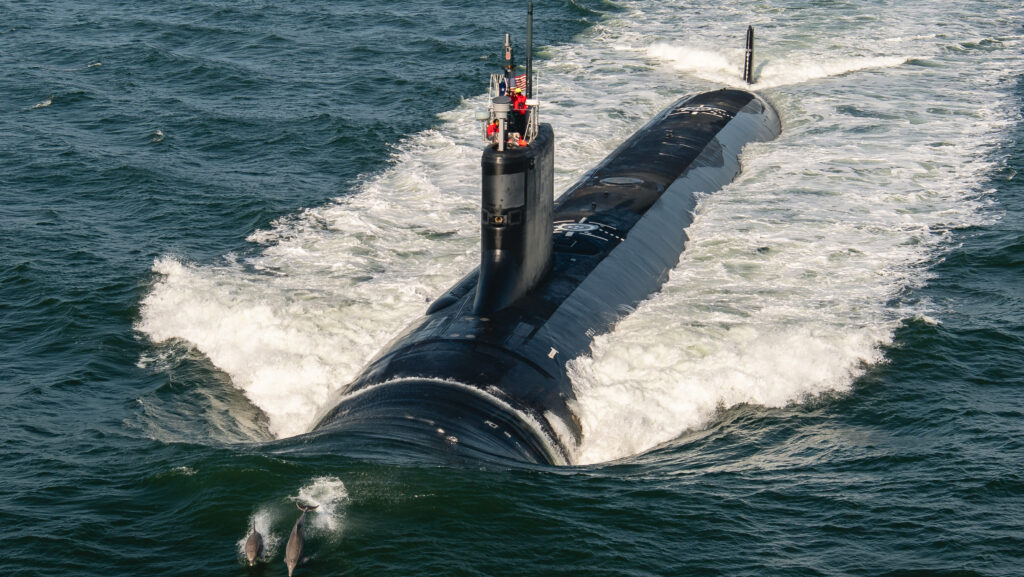
NATIONAL HARBOR, Md. – The Navy’s renewed focus on innovation will help the Marine Corps Warfighting Lab find ready and willing participants to both host and shape its live-force experiments, the lab’s commanding general told USNI News.
Navy Secretary Ray Mabus created an Office of Strategy and Innovation last fall and released a Navy Innovation Vision this week at the Navy League’s Sea-Air-Space 2015 Exposition to help create a climate in which sailors and Marines are encouraged to develop and try out new ideas without fearing failure.
MCWL, which was already tasked with innovating and experimenting, relies on Marine units and the Navy fleet to participate in live-force experiments – and this new emphasis on innovation will make scheduling and fully completing the experiments easier.
Brig. Gen. Kevin Killea, who serves as MCWL commanding general and director of the Marines’ Futures Directorate, told USNI News after a panel presentation on Wednesday that the current way to schedule a live-force experiment is to make a cold call to U.S. Fleet Forces Command and try to sell the project.
“The way that it exists kind of right now is, Fleet Forces Command has their exercise schedule, their training schedule, their certification schedule for their ships. The Marine Corps is over here, and I come up with an idea and I want a live-force experiment; well it’s almost like a catalog, I go to see the West Coast, I go to the Pacific, I go to the East Coast, who’s doing what? Oh, this kind of fits into the window. Now the phone gets picked up and you now have to sell yourself and inject yourself into something that’s already planned,” Killea explained.
“So how can we do it better? Well, Fleet Forces Command, the folks that do that scheduling, are now on task to be innovators, to work with the innovation side of the house, to inject stuff in their exercises ahead of time. So it’s not a cold call: I’m surprising you, can I squeeze in three days while you’re transiting? It actually becomes part of the exercise. Are we there yet? No. Are we getting better? Yes.”
For example, Killea said that the annual Dawn Blitz exercise is coming up. Whereas he previously had to look for opportunities to test new systems or processes in Dawn Blitz, 1st Marine Expeditionary Force commanding general Lt. Gen. David Berger has already told his planning team to develop an exercise plan that includes innovation.
“It promises to be fantastic because it’s dedicated time for experimentation,” Killea said.
Killea noted that exercises like Dawn Blitz and at-sea opportunities during ship qualifications and pre-deployment workups are dynamic environments with ever-shifting schedules. While the priority has to remain getting the ship ready to deploy overseas, planning the innovation ahead of time may help avoid a common problem he has, where an experiment is started but can’t be completed.
“You show up and want to accomplish 80 tasks, you end up with maybe 40,” Killea said.
“The problem is, tasks 41 through 80 are the cream on tasks 1 through 40. So you kind of get half way through your experiment and establish some things, you learn a couple of things, but you don’t really get the big win.”
Killea added that the Office of Strategy and Innovation would soon begin collecting ideas from around the fleet, which would be funneled to MCWL and other labs to help shape future experiments. He said Mabus has already made clear he is interested in topics such as 3D printing and additive manufacturing, and robotics and autonomy, so those and other emerging technology areas would also be incorporated into the lineup of experiments.
For the Navy’s part, deputy chief of naval operations for fleet readiness and logistics Vice Adm. Philip Cullom said during the panel presentation that the Navy has the same problems for testing out technologies like its Laser Weapon System and Electromagnetic Railgun. Finding “white space” within the ships’ testing and training schedules is difficult, particularly under the more disciplined Optimized Fleet Response Plan that outlines maintenance and deployment schedules. But he said there are plenty of lieutenants, captains and even young flag officers at the strike group level who see opportunties in their schedules and want to be a part of driving the Navy forward through innovative testing.
“They are willing to try, want to try and are actually in the process of drilling those things in,” Cullom said, adding that the rest of the Navy needs to support them by encouraging them to be bold without fearing a failed experiment.





